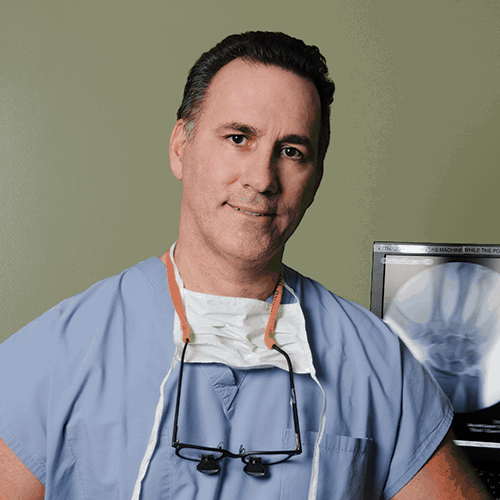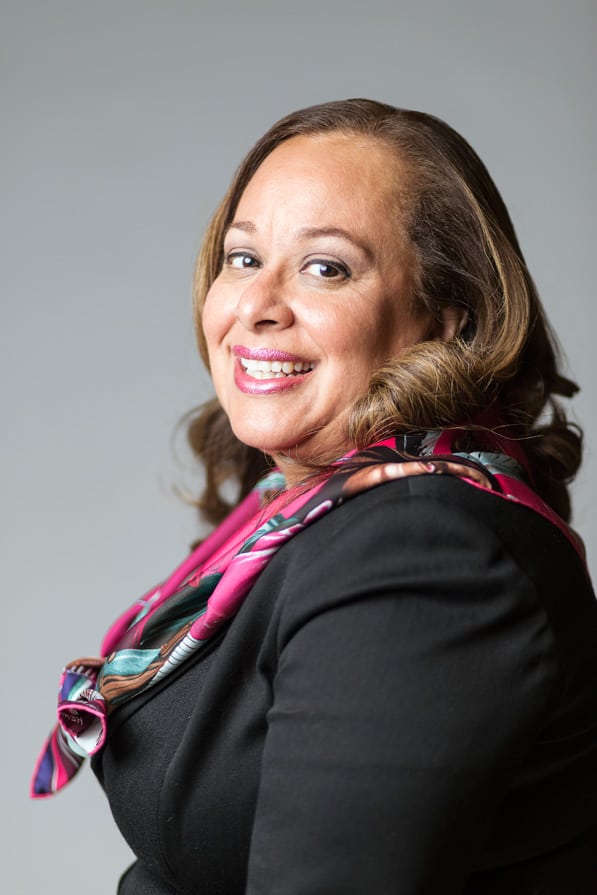From Good Idea to Household Name: OrthoNOW Accepts the Challenge
After finding success by creating the first healthcare provider of its kind, OrthoNOW’s Alejandro Badia seeks to build on his idea to change how emergency orthopedic care is delivered
By KC Caldwell
Over the past few years, Alejandro Badia has successfully established OrthoNOW as the nation’s only franchised orthopedic urgent care center. His idea evolved out of a frustration with the inefficiency of patients having to go to the ER for an orthopedic injury or the general urgent care for musculoskeletal pain. Badia has expanded to seven OrthoNOW locations in Florida and Georgia, but that’s only the start. His plan is to take his great idea and change the way emergency orthopedic care is delivered on a much larger scale. The Alumni Society sat down with Badia to talk about where is focus is at the start of 2017, what he needs to make his vision a reality, and an innovative collaboration with Uber.
The Alumni Society: Dr. Badia, let’s start with the big picture. How would you describe your mission in the healthcare arena?
Alejandro Badia: I want to give better access to orthopedic healthcare, offer more specialized expertise, and do it in a way that’s efficient and cost-effective and on a large scale. OrthoNOW doesn’t need to improve what we offer—what we have works. What we need is to grow and scale. We have proven that we are excellent first-responders in the case of an orthopedic injury, and we have the technology necessary to offer the best possible treatment. We also improve access to specialized care for any type of musculoskeletal malady, whether arthritis or low back pain. We have an excellent concept, operational systems, and all the tools in place. We’re ready for the next level and we are actively building the support necessary to bring our idea into the mainstream. This will involve establishing more OrthoNOW franchised centers in major US markets.
TAS: Can you walk me through what the experience is like for someone who is injured? Why should they go to an OrthoNOW facility and not go to the hospital?
AB: Let’s say you step off the curb and sprain your ankle and you most likely will not be able to walk it off. You go to the hospital emergency room and wait four to six hours to see the doctor because the guy who has chest pains and the kid with an asthma attack will be treated first. When you finally do see the ER doctor he/she will order an X-ray. If no fracture is discovered, you’ll be sent on your way. However, just because you don’t have a fracture it doesn’t mean you don’t have a problem.
Here is what happens next, the ER doctor will refer you to see a general orthopedist which involves ‘homework,’ as my CFO describes it. You will have to get an appointment with the orthopedist and miss another important life activity to do so. The orthopedist might then need refer you to a specialist and give you even more homework. The bottom line is, you’ve now spent a couple of weeks, you have had three X-rays, paid hard earned money and you still haven’t solved the problem. That’s where OrthoNOW can intervene. You come straight to a specialist with little or no wait time for a significantly reduced cost and superior outcome.
TAS: It seems obvious that OrthoNOW is the best option for someone with this type of injury, so what can be done to get the word out?
AB: As great of an idea as OrthoNOW is, it hasn’t yet secured a place in popular culture. This is largely because insurance companies have not understood how to merge our innovative and disruptive healthcare delivery model into their “traditional” system. The bottom line for insurance companies, employers, and the general population is that our business model saves money. The system, as it stands today, is both incredibly inefficient and redundant. While hardly anybody talks about this they should. We have as one of our primary goals for 2017 is to reach the decision-makers who will understand how a partnership with OrthoNOW is a win-win for all.
TAS: Tell us about the collaboration OrthoNOW has with Uber. What was the thought process behind that collaboration?
AB: Uber is a tool to get you from one place to another more easily. We have created an app that, in the case of an injury, will not only get an Uber to you as quickly as possible but will also inform us that you are on your way. The app can tell you which OrthoNOW is closest, which one is open; allow you to send a picture of your injury, and have Uber pick you up and take you to the center.
TAS: That’s a great idea! What are some of the challenges you’ve experienced or foresee with the app?
AB: Here are the challenges I see: why download an app that you don’t often use? It’s an “in case-of-emergency” app. The reason you should download it now is because should something happen, to you or your child, spouse, parent, friend or co-worker you’re going to need it and need it immediately. We market ourselves directly to the consumer because that provides economy of scale. We also designed the app with sports teams and fitness enthusiasts in mind. If we go could talk to a high school football team, we would say, ‘look, don’t do what everyone else does and send these kids to the ER. The coach or trainer can download our app, and the kid will be back in school by that afternoon.
TAS: You mentioned working with superior technology. Can you talk about the ways in which OrthoNow technology keeps you ahead of the game?
AB: Sure. There are four specific uses of technology I can think of that make us a better option for sports medicine care as opposed to traditional delivery systems:
1. Ultrasound. This is superior to an X-ray because it will show soft tissue anatomy and possible damage. Further, in the event you need an injection for pain, this technology makes the procedure more precise as it allows for guided treatment.
2. ARPWave. This technology actually came out of Minneapolis. It’s well-known in the elite sports world but hasn’t become mainstream yet. It’s called ARPWave and stands for accelerated recovery program wave. It’s a type of neuro therapy, meaning that it’s more than just traditional physical therapy. It’s therapy directed to the neurological cause of the pain. The electrodes can find the source of the pain, and then treat it. Let’s say somebody comes in with a stiff neck in the morning;they can’t even turn it. That could have a number of causes. But an ARP treatment could solve the problem in a single visit. If you ask NFL trainers, they’ve heard of it; it’s huge on the tennis tour. Actually, [Novak] Djokovic has his own personal one that gets wheeled around like a suitcase. But the public doesn’t know about it yet. They reached out to us when they decided they wanted to treat the weekend warrior, not just the elite athletes. Since then we’ve incorporated ARP as one of the treatment protocols when you come into an OrthoNOW; you’re not going to have access to that many other places. However, I am hoping that this will become a household name in the future and people will learn about its incredible benefits.
3. Immobilization. Ninety-two percent of pediatric fractures are incorrectly splinted in an urgent care or ER environment. Either they don’t immobilize the joint in the right position, or they don’t use enough cast padding, or include the appropriate joints and this leads to incorrect splint utilization. Conversely, we are experts in splint and cast application, fracture reduction and wound management. We also do waterproof casting; which moms love us for, as their child can go to the beach and sand, saltwater, and little rocks won’t damage the cast.
4. Telemedicine. This growing service offers remote diagnosis and treatment to patients via telecommunications technology. At OrthoNOW, we have begun providing this service as initial consultations and follow up appointments. Our mission is to provide better access of orthopedic care to patients, and in this day and age where we have access to such advanced technology it’s imperative for us to incorporate it into our mission.
TAS: So, what’s on deck for OrthoNOW?
AB: Our greatest challenge lies in expanding to have first a national presence, than become an international healthcare brand. To scale OrthoNOW first as a national player, we have to bring in capital and research. And I don’t mean dumb money. I mean the people who have the Rolodex to create partnerships and the operational know how to navigate through the unique challenges that US healthcare presents.



